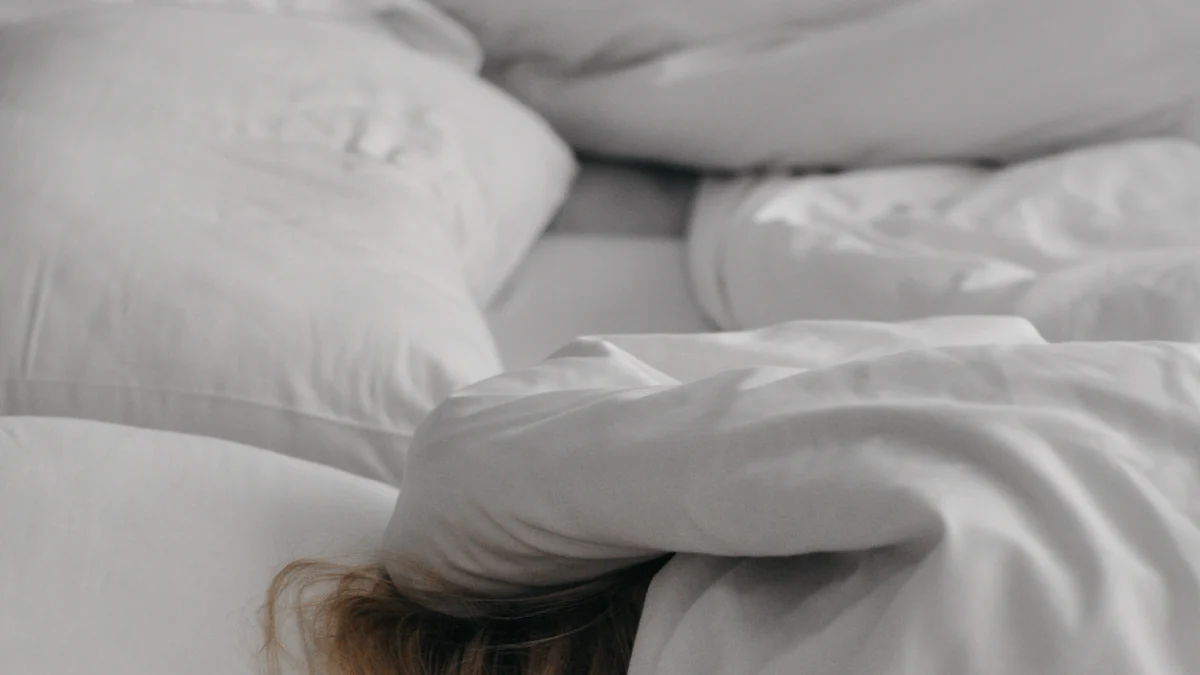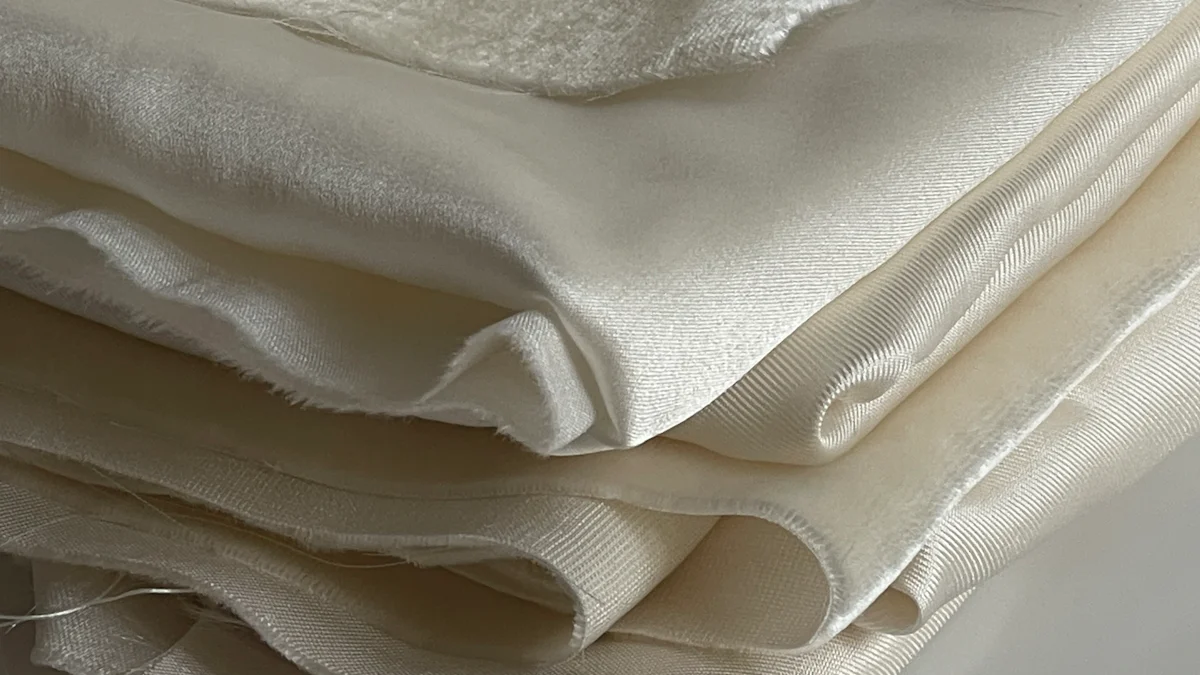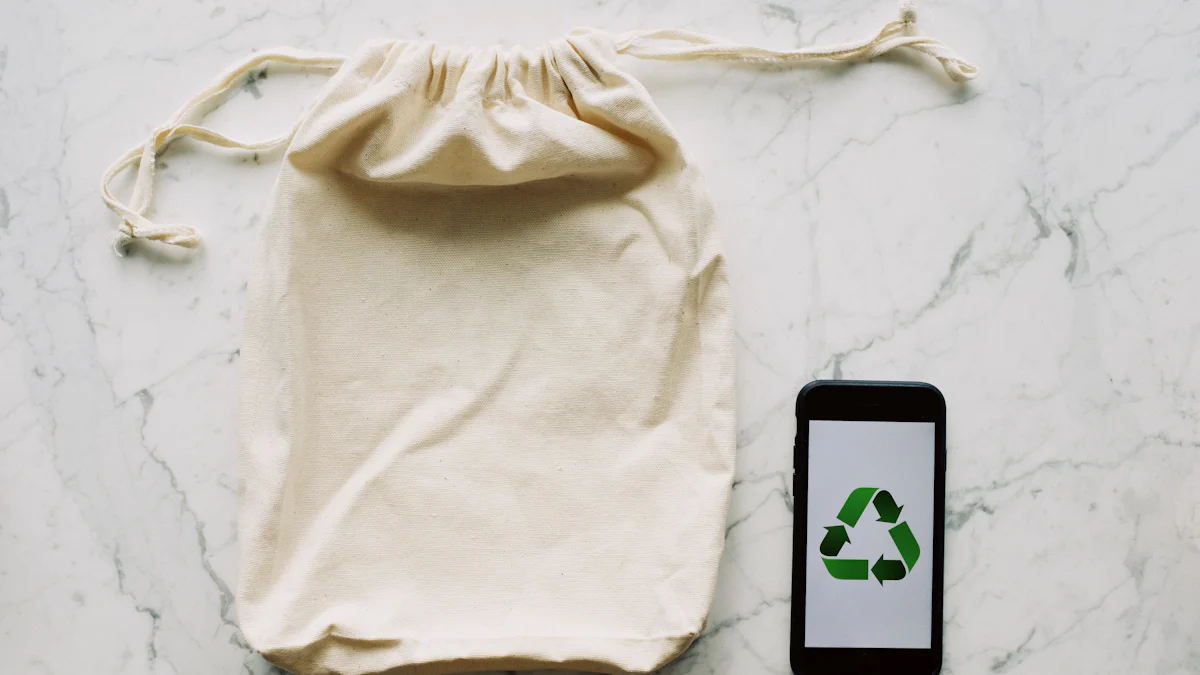
Silk pillowcases have gained popularity due to their luxurious feel and numerous beauty benefits. Many people believe that silk pillowcases can reduce hair frizz, prevent skin creases, and enhance overall sleep quality. However, this blog aims to explore the potential downsides of using a silk pillowcase.
Cost Considerations
Initial Purchase Price
Comparison with Other Pillowcase Materials
A silk pillowcase often comes with a higher price tag compared to other materials. Cotton pillowcases, for instance, are generally more affordable. The cost of a silk pillowcase can range from $20 to $100, depending on the quality and brand. Satin pillowcases, made from polyester, nylon, or rayon, are cheaper but less durable. The natural protein fibers in silk contribute to its higher cost.
Long-term Investment
Investing in a silk pillowcase might seem expensive initially, but it can be seen as a long-term investment. Silk’s natural properties can benefit skin and hair health, potentially reducing the need for additional beauty products. However, the durability of a silk pillowcase varies. Higher-quality silk can last longer, making the initial investment more worthwhile.
Maintenance Costs
Special Cleaning Requirements
Maintaining a silk pillowcase requires special care. Unlike cotton or synthetic fabrics, silk needs gentle washing. Hand washing or using a delicate cycle with mild detergent is recommended. Avoiding harsh chemicals and high temperatures helps preserve the fabric. This special care routine can add to the overall maintenance cost.
Frequency of Replacement
The lifespan of a silk pillowcase depends on its quality and care. Lower-grade silk fibers are prone to snagging, tearing, and fraying. Frequent replacements might be necessary if the pillowcase shows signs of wear and tear. In contrast, high-quality silk, when properly maintained, can last longer, reducing the frequency of replacement.
Durability Issues

Wear and Tear
Susceptibility to Snags and Tears
A silk pillowcase often faces issues with wear and tear. The delicate nature of silk makes it prone to snagging and tearing. Lower-grade silk fibers lack the strength of higher-quality ones. This fragility can lead to premature damage. Users must handle silk pillowcases with care to avoid these issues.
Lifespan Compared to Other Materials
The lifespan of a silk pillowcase varies based on quality. Mulberry silk, known for its exceptional strength, tends to last longer. This durability reduces the need for frequent replacements. However, compared to materials like cotton or polyester, silk still requires more careful handling. The natural properties of silk make it less durable than some synthetic fabrics.
Color Fading
Impact of Washing and Sunlight
Color fading presents another challenge for silk pillowcases. Frequent washing and exposure to sunlight can cause colors to fade quickly. Silk, being a natural protein-based fiber, reacts negatively to harsh conditions. Direct sunlight can significantly impact the vibrant colors of silk. Proper care during washing is essential to maintain the color.
Methods to Preserve Color
To preserve the color of a silk pillowcase, users should follow specific methods. Gentle hand washing with mild detergent helps maintain the fabric’s integrity. Avoiding direct sunlight during drying also prevents fading. Using a protective cover can shield the pillowcase from excessive light exposure. These practices extend the life and appearance of the silk pillowcase.
Practicality Concerns
Slipperiness
Pillow Movement During Sleep
A silk pillowcase often causes the pillow to move during sleep. The smooth surface of silk reduces friction, making the pillow slide easily. This movement can disrupt sleep, leading to frequent adjustments. Users may find themselves waking up to reposition their pillows multiple times a night.
Impact on Sleep Quality
The slipperiness of a silk pillowcase can impact overall sleep quality. Constant pillow movement can disturb a person’s rest, leading to less restorative sleep. A stable sleeping environment is crucial for maintaining good sleep hygiene. The lack of friction in a silk pillowcase can compromise this stability.
Compatibility with Skincare Products
Absorption Issues
A silk pillowcase does not absorb skincare products as cotton does. Silk’s natural fibers create a barrier that prevents the absorption of oils and creams. This property can be beneficial for retaining moisture in the skin. However, it also means that excess product remains on the surface, potentially causing discomfort.
Potential for Staining
Skincare products can stain a silk pillowcase. Oils, creams, and serums may leave marks that are difficult to remove. The delicate nature of silk makes it challenging to clean these stains without damaging the fabric. Special care is required to maintain the appearance and integrity of a silk pillowcase.
Environmental Impact

Production Process
Resource Intensity
The production of a silk pillowcase involves significant resource use. Silk production requires the cultivation of mulberry trees to feed silkworms. This process consumes large amounts of water and land. The dyeing process for silk can also pollute water sources. Compared to other natural fibers, silk has one of the highest environmental impacts.
Ethical Considerations
The production of a silk pillowcase raises ethical concerns. Traditional silk production involves boiling silkworms alive to harvest their cocoons. This practice causes harm to millions of silkworms. Some manufacturers offer peace silk, which allows silkworms to mature and leave their cocoons naturally. However, peace silk remains less common and more expensive.
Disposal and Decomposition
Biodegradability
A silk pillowcase is biodegradable, which means it breaks down naturally over time. Unlike synthetic materials, silk does not contribute to long-term landfill waste. However, the biodegradability of silk depends on the absence of harmful chemicals. Certified silk, free from toxins, decomposes more efficiently.
Environmental Footprint
The overall environmental footprint of a silk pillowcase includes both production and disposal stages. Silk production involves minimal chemical use compared to synthetic fabrics. However, low-quality silk may contain harmful chemicals. Consumers should look for certified silk to ensure an eco-friendly choice. The environmental footprint of silk remains lower than that of many synthetic materials.
Silk pillowcases present several downsides that consumers should consider. The high initial purchase price and ongoing maintenance costs can be significant. Durability issues, such as susceptibility to snags and color fading, also pose challenges. Practical concerns include slipperiness and compatibility with skincare products. Additionally, the environmental impact of silk production raises ethical questions. Weighing these pros and cons is crucial before making a decision. Personal needs and preferences should guide the final choice.
Post time: Jul-10-2024
